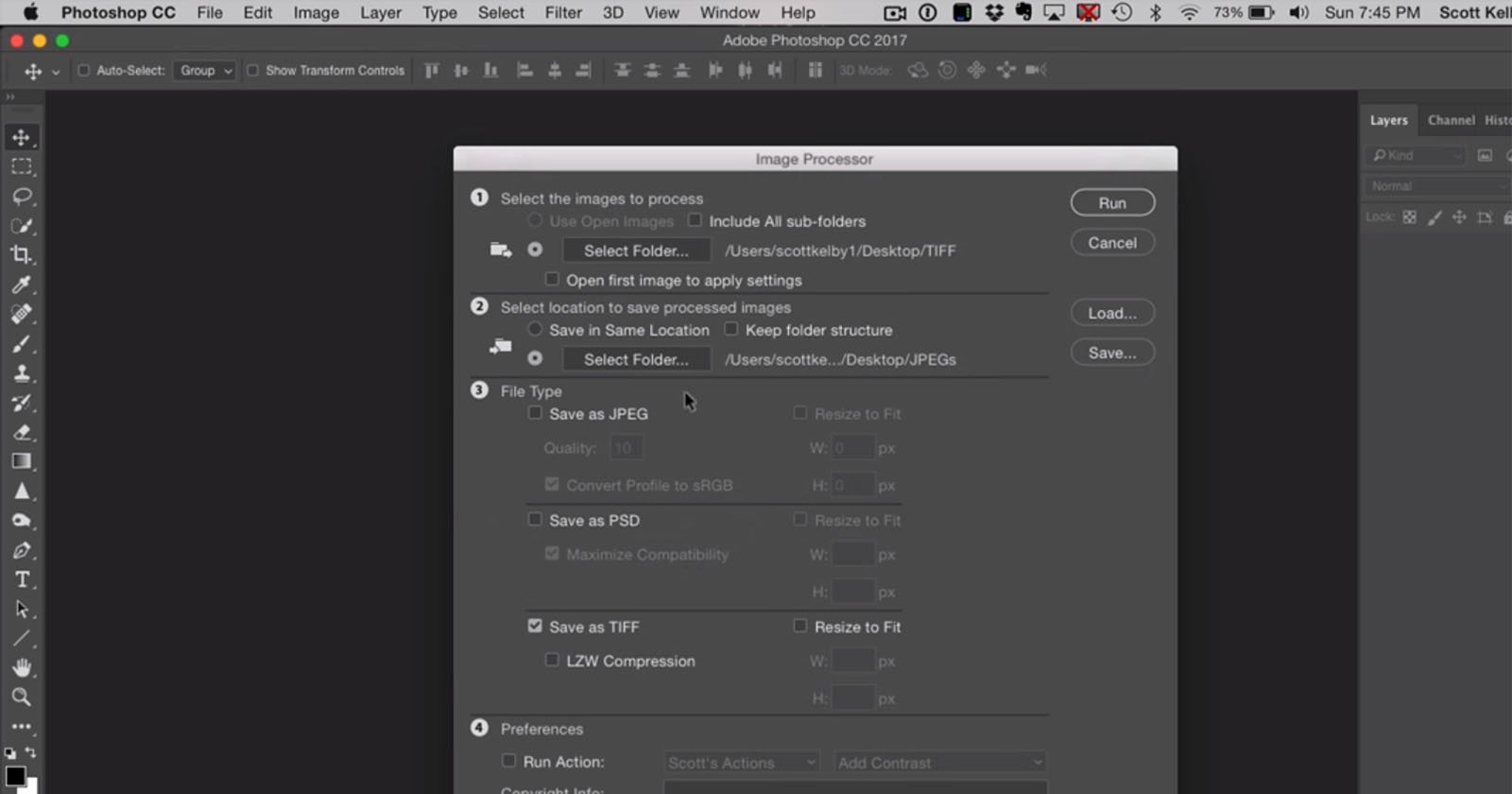
- Using neat image photoshop manual#
- Using neat image photoshop full#
- Using neat image photoshop iso#
amount 150 to 250%, Radius 1, Theshold 0)
Using neat image photoshop manual#
using a bright crater or sunspot and manual star shift only option)
Crop images and Convert to 16-bit TIFF files in Photoshop (if necessary). Acquire images (10 to 20 full-disc DSLR prime focus images). 
LUNAR AND SOLAR IMAGE PROCESSING (DSLR cameras)
Perform a DDP-style stretch or a log scaling. Use manual (1 star) taking as reference the comet nucleus. Combine images using the lighten option (copy and add multiple layers, no alignment required)ĬOMET IMAGE PROCESSING (MAXIM DL, PHOTOSHOP). Save as RAW images (*.CR2) or JPG (no compression). Using neat image photoshop iso#
Set camera ISO to 800 or 1600 (Manual mode).Set camera white balance to tungsten (Manual mode).Shoot lots of 30 s images in a sequence (for 15 to 60 min or more).
Using neat image photoshop full#
Use full aperture and 30 s integrations (focus to infinity). Use a good quality lens (10 to 50 mm focal length or more). Convert to 8-bit and save JPG file (no compression). Save the final 16-bit TIF file (no compression). Load 16-bit TIF DDP stretch file in Photoshop. Save the image (FITS format 16-bit) (no compression). Save result in 16-bit TIFF files (no compression). Align images in Maxim DL (manual 2 stars or automatic alignment). Convert RAW images to color in Maxim DL (COLOR MENU - Convert Color: AUTO background level, COLOR SCALING, Red - 75%, Green - 125%, Blue - 125%). Combine L and LRGB images (LLRGB) (Change the blend mode to "luminosity", change the opacity to ~50%, Flatten image)ĭEEP-SKY IMAGE PROCESSING (MODIFIED CANON 350D DSLR Camera). Use Curves to adjust contrast and brightness. Use Shadow & Highlight (30:50:10, 50:50:10) or Levelizer (Starizona Photoshop Plugin Package). Load the Luminance FITS DDP-stretched image into Photoshop (using Fits Liberator 2). Boost color saturation after DDP if needed (save in 16-bit TIFF format). Perform a DDP stretch on the LRGB image. Perform a DDP stretch on the Luminance image. Combine the images into an LRGB image in Maxim DL. Perform color balancing for each color channel (e.g. Combine images for each channel (L, R, G, and B) (use SDMask for Luminance and Median Sum for RGB files, use manual or automatic alignment operations). Do any star de-blooming repair prior to alignment and combination. LLRGB PROCESSING FLOW (Kodak KAF-3200E/ME, Kodak KAF-1602E/ME)Ĭalibrate, Align and Combine CCD images (Maxim DL) Use Shadow & Highlight (30:50:10, 50:50:10) or Levelizer ( Starizona Photoshop Plugin Package). Do any de-blooming repair prior to alignment and combination (e.g. LUMINANCE AND H-ALPHA PROCESSING FLOW (Kodak KAF-3200E/ME, Kodak KAF-1602E/ME) Use (if necessary) Neat Image Photoshop plug-in to remove grain. Use Curves to ajust contrast and brightness. Load the FITS DDP-stretched image into Photoshop (using Fits Liberator 2). Save the image (FITS format IEEE Float). DDP with a small sharpening can also be used with good results (FFT Low-Pass, Custom 25 a 35% Cutoff) This is accomplished by selecting the "user" kernel filter, and setting the filter coefficients to 1.0 in the center, and zeros elsewhere). Perform a DDP-style stretch on the combined image (Don't do any sharpening as part of DDP.  Use SDMask or Sigma Clip for all combination operations. Use manual (2 stars) or automatic alignment operations (Auto correlation or Auto star matching).
Use SDMask or Sigma Clip for all combination operations. Use manual (2 stars) or automatic alignment operations (Auto correlation or Auto star matching). 
LUMINANCE AND H-ALPHA PROCESSING FLOW (Kodak KAI-11002M)Ĭalibrate, align and combine CCD images ( Maxim DL)






 0 kommentar(er)
0 kommentar(er)
